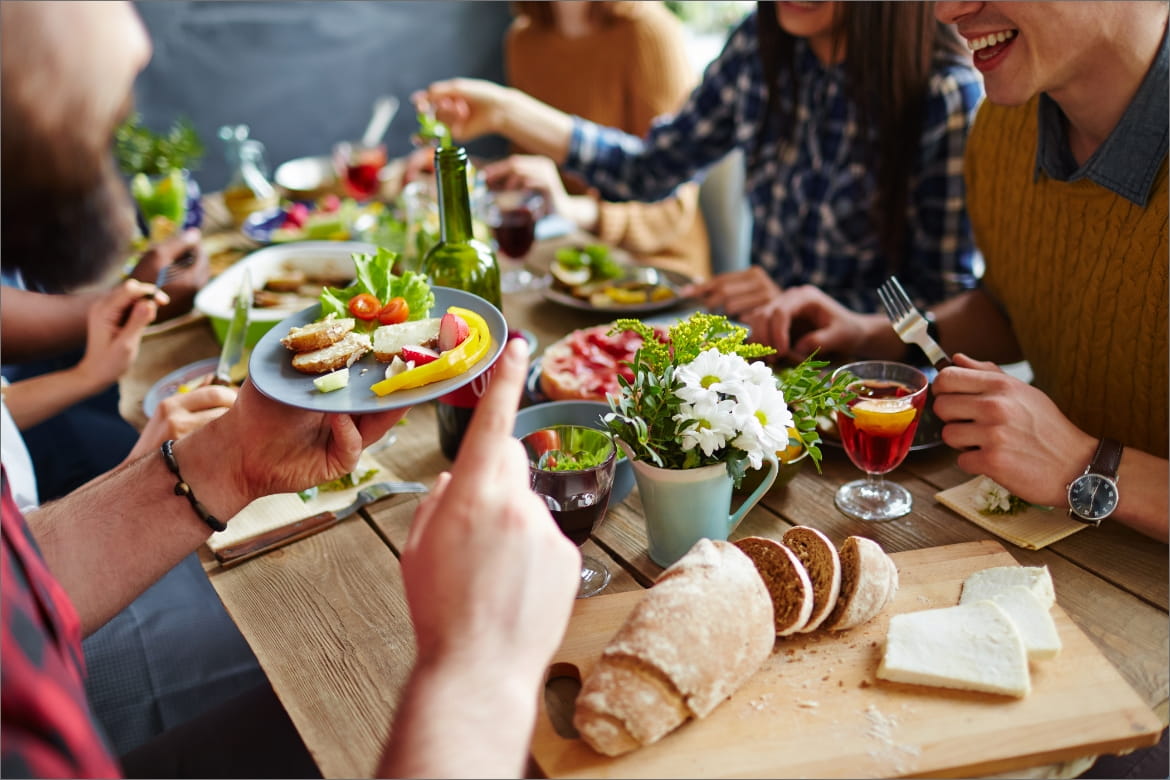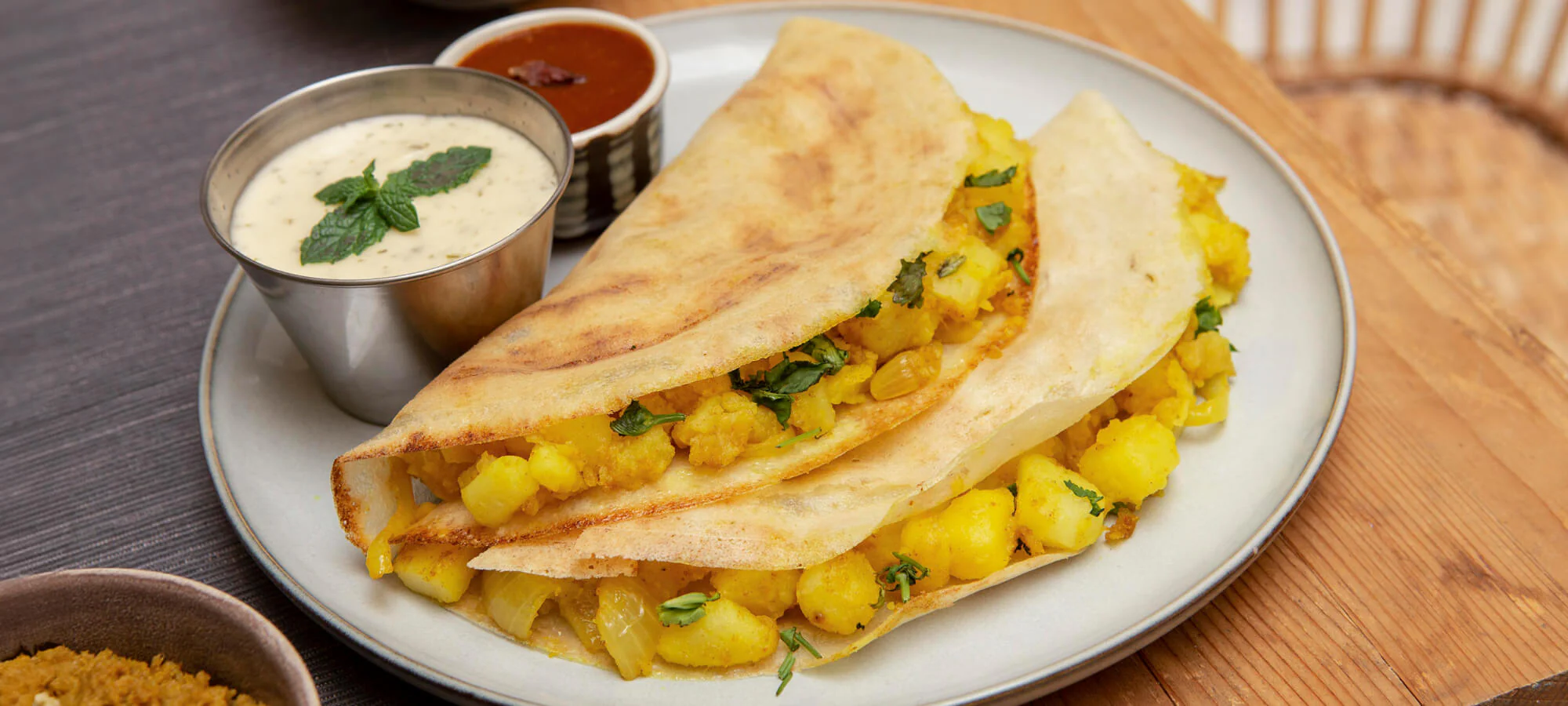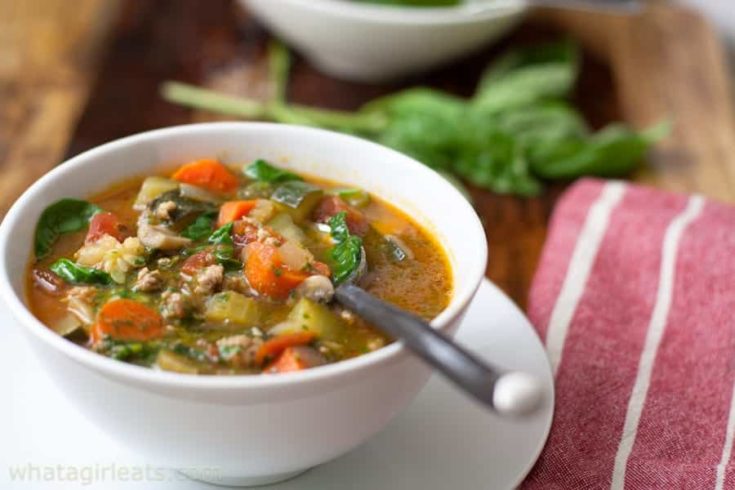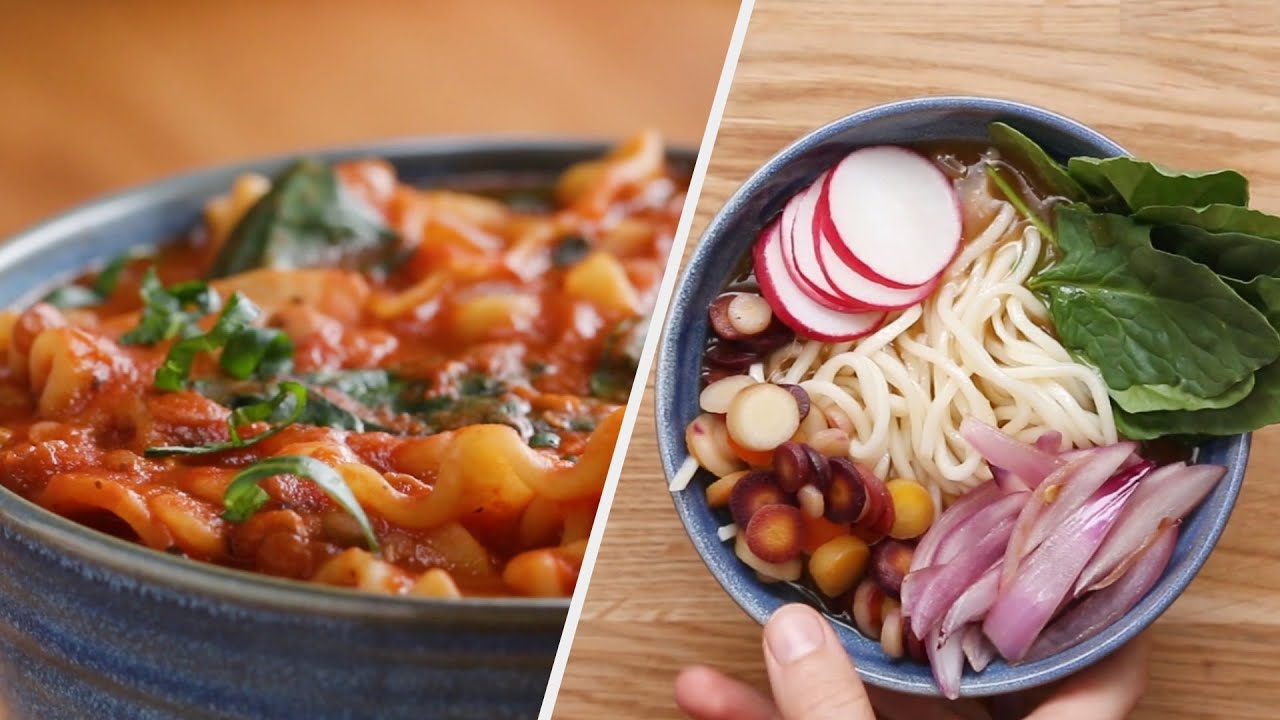
We all lead busy lives. Between work, errands, family, and social commitments, finding the time—and energy—to cook healthy meals every day can feel like an impossible task. Enter meal prepping, the ultimate game-changer for anyone looking to eat better, save time, and reduce stress around food.
But meal prep is more than just cooking in bulk—it’s about planning with purpose. Whether you’re looking to build healthier habits, lose weight, save money, or simply avoid the 5 p.m. “what’s for dinner?” panic, this guide will show you exactly how powerful (and doable) meal prepping can be.
🥕 What Is Meal Prepping, Exactly?
Meal prepping is the practice of preparing meals or ingredients ahead of time so you can enjoy home-cooked food without the daily effort. It can be as simple as chopping vegetables in advance or as structured as preparing a full week’s worth of lunches and dinners.
There are different styles of meal prep:
- Batch cooking: Making large quantities of one dish (like chili or soup) to eat over several days or freeze.
- Make-ahead meals: Cooking full meals in advance that you reheat later.
- Ingredient prep: Washing, chopping, and portioning out raw ingredients to speed up weeknight cooking.
- Grab-and-go portions: Prepping individual meals or snacks, perfect for work, school, or the gym.
⏳ 1. Save Time Throughout the Week
Why it works: Instead of scrambling every day to make breakfast, lunch, or dinner, you spend a few hours once or twice a week prepping your meals. That way, you can just reheat or throw things together quickly when you’re hungry.
Real-world perks:
- Less time deciding what to eat
- Fewer dishes to wash each night
- Zero stress at mealtime
Pro Tip: Set aside time on Sunday and maybe Wednesday for prep days. Turn on your favorite playlist or podcast and make it a self-care ritual.
💰 2. Save Money and Reduce Food Waste
Why it works: Planning meals ahead helps you shop with intention. That means fewer impulse buys, less takeout, and more use of what’s already in your fridge or pantry.
How meal prep saves money:
- You buy only what you need.
- You avoid the “I’m too tired to cook” delivery trap.
- You use perishable items before they go bad.
- You cook in bulk, which is usually more cost-effective.
🍽️ Fact: The average household wastes up to 30% of the food they buy. Meal prep helps you use what you’ve got.
🥗 3. Eat Healthier Without the Effort
Why it works: When healthy options are already cooked and within reach, you’re more likely to make nutritious choices. Meal prepping lets you control ingredients, portions, and cooking methods.
The health benefits include:
- Balanced meals with protein, healthy fats, and fiber
- Consistent portion sizes (good for weight management)
- Less temptation from processed convenience foods
- Better digestion and energy from whole foods
Ideas to get started:
- Grill or roast a variety of proteins (tofu, chicken, tempeh, beans).
- Prep grains like brown rice, quinoa, or couscous in bulk.
- Wash and chop raw veggies to throw into meals or snack on.
💡 4. Stay Consistent with Your Goals
Whether you’re trying to eat more plant-based meals, track macros, or simply avoid skipping meals, meal prep gives you a structure to stick to your intentions.
How meal prep supports your goals:
- Prevents decision fatigue: You don’t have to think about what to eat—just heat and go.
- Keeps you full and satisfied, so you’re less likely to graze or binge.
- Makes calorie tracking or macro counting easier, especially if you’re into fitness.
Goal-aligned meal examples:
- Weight loss: Prepped grain bowls with lean protein and veggies
- Muscle gain: Protein-packed meals like chickpea curry or turkey chili
- Plant-based eating: Stir-fries, lentil stews, and roasted veggie wraps
🛠️ 5. How to Start Meal Prepping: A Beginner’s Blueprint
✅ Step 1: Plan Your Meals
- Start small: Choose 2–3 recipes you enjoy and can eat more than once.
- Think about your schedule: Which meals do you struggle with most? Prep those first.
✅ Step 2: Make a Grocery List
- Group ingredients by section (produce, protein, pantry).
- Shop once a week to save time and money.
✅ Step 3: Set a Prep Day
- Block out 1–2 hours on the weekend.
- Cook meals, portion them, and store in reusable containers.
✅ Step 4: Portion and Label
- Label containers with the date or contents.
- Use color-coded containers for different meals if you’re prepping for a family.
✅ Step 5: Store Smart
- Keep fresh meals in the fridge for up to 4–5 days.
- Freeze extra portions for busy weeks.
🥡 Invest in good containers: BPA-free, microwave- and freezer-safe containers make all the difference.
🍲 Easy Meal Prep Ideas (No Culinary Degree Required!)
- Overnight oats with berries and almond butter for breakfast
- Buddha bowls with roasted chickpeas, brown rice, and tahini drizzle
- Stir-fry kits with chopped veggies and tofu, ready to toss in a pan
- Freezer burritos with beans, veggies, and salsa for quick lunches
- Mini mason jar salads layered with dressing, grains, protein, and greens
🎯 Final Thoughts: Meal Prep Is Self-Care
Meal prepping isn’t about perfection—it’s about progress. Whether you’re prepping one meal or an entire week, every bit of planning makes your life smoother and your eating habits more nourishing.
The beauty of meal prepping is that it meets you where you are. Want to eat cleaner? Save money? Stop skipping breakfast? It can help with all of that—and more.
🥒 Ready to start? Share your meal prep wins or favorite recipes at https://foodtrendalerts.site or tag us with #Mealprepmagic on Instagram.




